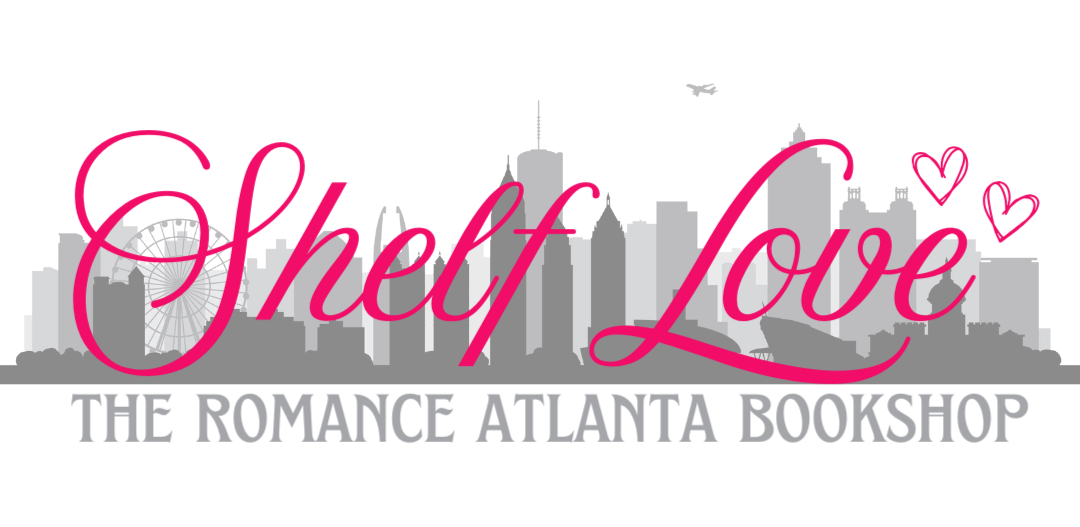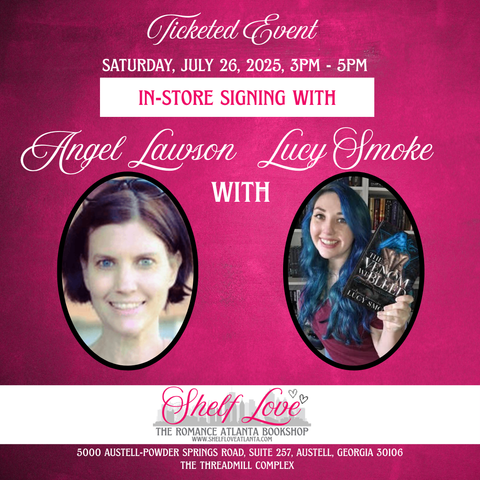You’ve got the gorgeous cover. The swoony blurb. Maybe even a morally gray man with a tragic past and a pet duck. (Hey, we’re not judging—we love him already.)
But there’s one more thing standing between you and five-star reviews:
🛠️ Your book’s formatting.
Yes, we’re talking about the inside of the book. The font, spacing, layout, and design that makes your story readable—and trust us, readers notice when it’s bad.
Let’s break down why formatting matters, what your options are, and what not to do unless you want to land on a TikTok “Bookish Ick” list.
💥 First Impressions Go Beyond the Cover
Picture this: A reader opens your book and sees...
-
Font size that could legally qualify as microprint
-
Dialogue with zero paragraph breaks
-
Chapter headers in Comic Sans (shudder)
-
Inconsistent margins and page numbers that disappear randomly
They’ll likely do one of two things:
-
Close the book and never return
-
Rage-post about it online
Neither is the goal.
Good formatting = professionalism, readability, and an immersive experience.
Bad formatting = distraction, frustration, and DNF pile status.
🧠 What Is “Good” Formatting Anyway?
Here’s what readers (and booksellers) expect:
-
Legible font (usually a serif like Garamond, Baskerville, or Minion Pro)
-
Consistent margins, spacing, and indentation
-
Proper line breaks for new paragraphs and dialogue
-
Chapter headings that are styled but not chaotic
-
Headers/footers with book title or author name and page numbers
-
Scene breaks with a visible marker (like *** or a flourish)
Bonus points for:
-
Drop caps or stylized chapter openers
-
Professional page design for special editions
-
Back matter with author bio, other titles, or a call to review
💼 DIY vs. Professional Formatting
✨ DIY (if you’re tech-savvy and a glutton for detail)
Tools like Atticus, Vellum (Mac only), or even Reedsy’s free tool can help you create clean, readable interior files. But there is a learning curve, especially if you’re juggling different trim sizes, print bleed, and page counts.
Pros: Budget-friendly, total control
Cons: Time-consuming, easy to mess up
👩💻 Hire a Pro (and breathe easier)
Professional formatters will give you polished, print-ready files for eBook, paperback, and hardcover. Many also know how to make your interiors look like the genre you’re writing in—yes, even formatting has a vibe.
Cost: Usually $50–$300 depending on the book’s complexity and services included
Worth it?: If you're planning print runs, store stock, or special editions—absolutely yes.
🛑 Things to Avoid at All Costs
-
Using Word or Google Docs as your final formatting tool
-
Mixing too many fonts (Keep it simple: 1-2 max)
-
Centering everything
-
Forgetting to embed fonts or flatten PDFs (your printer will hate you)
-
Exporting files without checking for blank pages or orphans/widows
Your book should feel intentional—like a story you crafted with care from cover to credits.
🎯 Final Thought: Your Book Deserves to Feel Like a Book
Formatting isn’t just about aesthetics—it’s about respecting your readers’ time and experience. When your story flows beautifully on the page, it builds trust. It tells your audience: I care enough to deliver a quality product, inside and out.
So give your words the stage they deserve.
Clean formatting is the invisible magic that turns your draft into a real, shelf-worthy romance novel.
✨ Need help finding formatting tools or pros we trust?
Head over to our Author Resource Hub for recommendations, how-to links, and support built just for romance authors. From DIY tools to vetted professional formatters, we’ve got everything you need to make your pages shine.
You handle the swoon. Let the formatting handle the structure.
💖 Happy writing (and even happier formatting)!




Comments (0)
There are no comments for this article. Be the first one to leave a message!